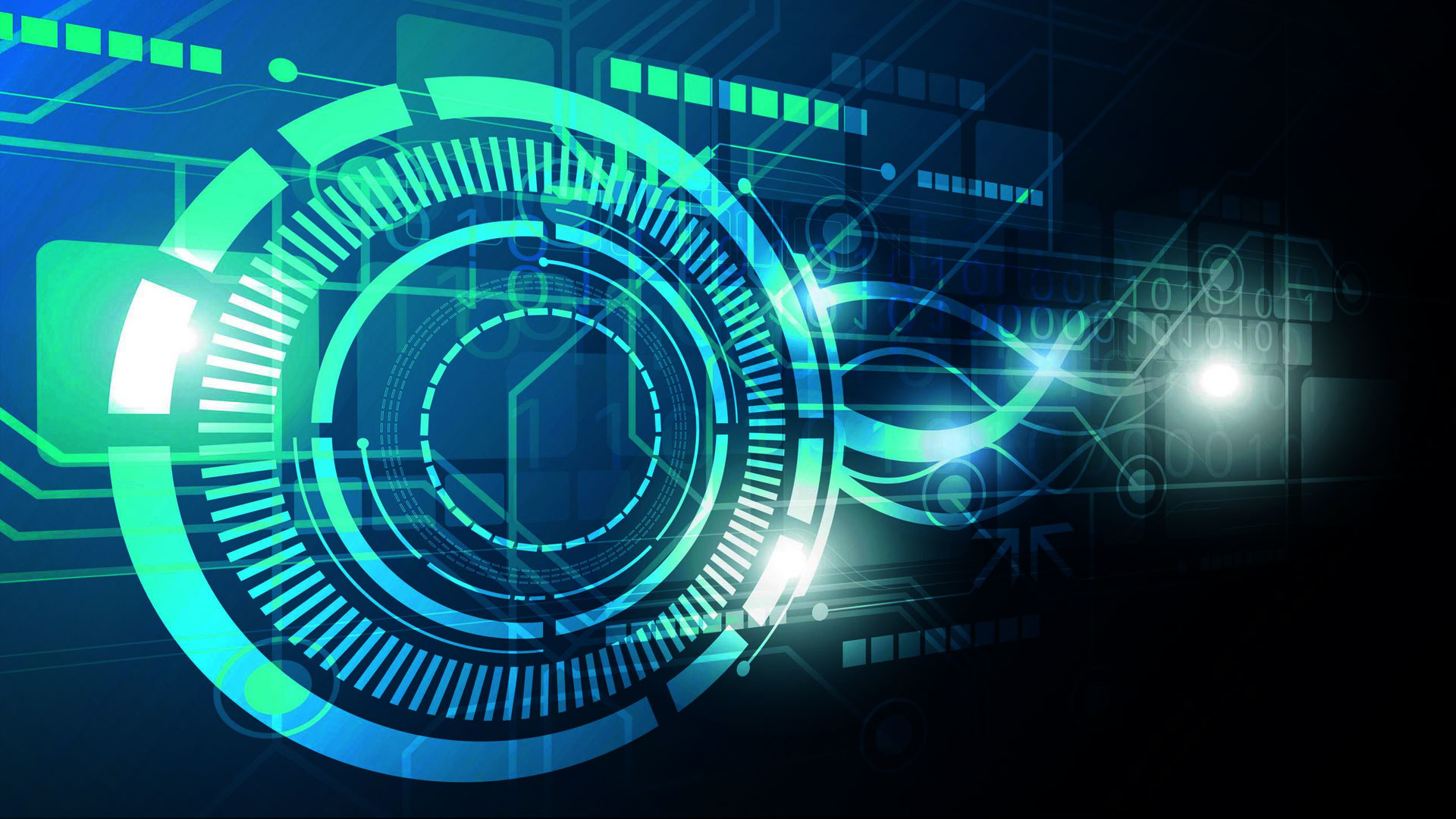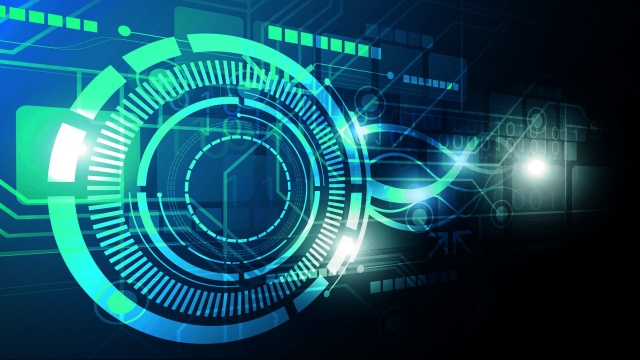
In this era of rapidly advancing technology, a new phenomenon has emerged that poses a significant threat to the authenticity of our digital world. Deepfake technology, although awe-inspiring in its capabilities, raises unsettling questions about its potential misuse and the implications it holds for the society we live in. With the ability to seamlessly superimpose one person’s face onto another’s, deepfakes have the potential to deceive, manipulate, and undermine our trust in the information we encounter online. As we dive into the depths of this technological revolution, we must unmask the hidden risks and explore the dark side of AI. Let us embark on this journey together and expose the truth behind deepfake technology.
Understanding Deepfake Technology
Deepfake technology, also known as synthetic media, has rapidly gained attention in recent years due to its ability to create highly realistic and persuasive fake content. Deepfakes involve the use of artificial intelligence (AI) algorithms to manipulate or replace existing images or videos with manipulated ones. This technology has far-reaching implications, both positive and negative, and raises important questions about the authenticity of digital content.
The fundamental principle behind deepfake technology lies in its ability to analyze large datasets and generate highly convincing fake content. By training AI models on vast amounts of data, these algorithms gain the capacity to learn intricate details about facial expressions, speech patterns, and body movements. This enables them to seamlessly superimpose one person’s face onto another’s, creating videos where individuals appear to say or do things they never actually did.
One of the most concerning aspects of deepfakes is their potential to spread misinformation and disinformation. With this technology, individuals with malicious intent can manipulate videos and images, making it increasingly difficult to distinguish between what is real and what is fake. This poses significant risks to various domains, including politics, journalism, and personal reputations.
However, it is essential to recognize that deepfake technology is not inherently malicious. It also offers opportunities for creative expression and entertainment. In the field of filmmaking, for instance, deepfakes can be utilized to recreate historical events or bring deceased actors back to the screen. Additionally, deepfake technology can aid in research and development, allowing scientists to simulate scenarios for testing purposes.
In the next sections, we will delve deeper into the potential applications of deepfake technology, considering both its advantages and the ethical challenges it presents. By understanding the intricacies and implications of deepfakes, we can navigate this rapidly evolving landscape and ensure that our digital experiences remain authentic and trustworthy.
The Potential Misuses of Deepfakes
Deepfakes, a product of advanced AI technology, pose a significant threat to various aspects of our society. This section explores the potential misuses associated with deepfakes, shedding light on their dark side.
Digital Deception: One prominent concern regarding deepfakes lies in their ability to deceive individuals and manipulate reality. Deepfakes can be used to craft highly realistic videos, audio clips, or images that appear authentic. This raises alarming possibilities, such as using deepfakes to spread fabricated propaganda, blackmail unsuspecting individuals, or even frame innocent bystanders in criminal acts. By exploiting the power of AI, malicious actors could generate deceptive content capable of swaying public opinion, inciting violence, or destroying someone’s reputation.
SwapfaceFake Evidence: With the advancements in deepfake technology, the creation of compelling yet false evidence becomes increasingly accessible. By leveraging deepfakes, individuals seeking to escape legal repercussions could fabricate videos or images that seem to demonstrate their innocence. This poses a grave concern for the judicial system, as it becomes more challenging to distinguish between authentic evidence and manipulative deepfakes. The potential consequences can include wrongful convictions, the release of guilty individuals, or the public’s erosion of trust in the justice system.
Identity Theft: Deepfakes also possess the ability to erode trust at a personal level, as they can be employed for identity theft and online scams. By manipulating facial features or imitating someone’s voice with astonishing accuracy, perpetrators can create convincing deepfakes that deceive individuals into believing they are interacting with someone they know or trust. This opens the door for various fraudulent activities, including siphoning off personal information, gaining unauthorized access to accounts, or even manipulating financial transactions. The consequences of such deepfake-fueled scams can lead to substantial financial losses and irreversible damage to victims’ lives.
In summary, the potential misuses of deepfakes have far-reaching implications across numerous domains. Whether it be spreading misinformation, undermining legal proceedings, or exploiting unsuspecting individuals, the dark side of AI presents a significant threat that must be addressed promptly and effectively. Only by understanding these misuses and working towards proactive countermeasures can we safeguard our society from the detrimental impacts of deepfakes.
Mitigating the Risks of Deepfakes
With the increasing prevalence of deepfake technology, it is crucial to address the potential risks associated with its misuse. Fortunately, there are several measures that can be taken to mitigate these risks and protect individuals and society as a whole.
First and foremost, raising awareness about deepfakes is essential. Educating the public about the existence and capabilities of this technology can help people become more informed consumers of online content. By understanding the potential for deception, individuals may become more cautious and critical when encountering suspicious or manipulated media.
Another important step is to develop and implement advanced detection tools. Investing in research and development of effective deepfake detection algorithms can help identify and flag manipulated content. By continuously improving these technologies, we can increase our ability to quickly recognize and alert others to the presence of deepfakes, thereby reducing their potential harm.
Furthermore, collaboration between technology companies, governments, and other stakeholders is crucial. By working together, we can establish guidelines and regulations to address the ethical and legal implications of deepfakes. This cooperation can help ensure that technology is used responsibly and to the benefit of society, while also holding those who misuse it accountable.
In conclusion, while deepfake technology presents significant challenges, there are steps that can be taken to mitigate its risks. By raising awareness, developing detection tools, and promoting collaboration, we can strive towards a safer and more trustworthy digital landscape. As we continue to navigate this evolving technological landscape, it is essential that we remain proactive in our approach to addressing the dark side of AI.



